Finding Myself in Uttarakhand: Pooja Kumre’s Thrillophilia Review of Valley of Flowers Trek
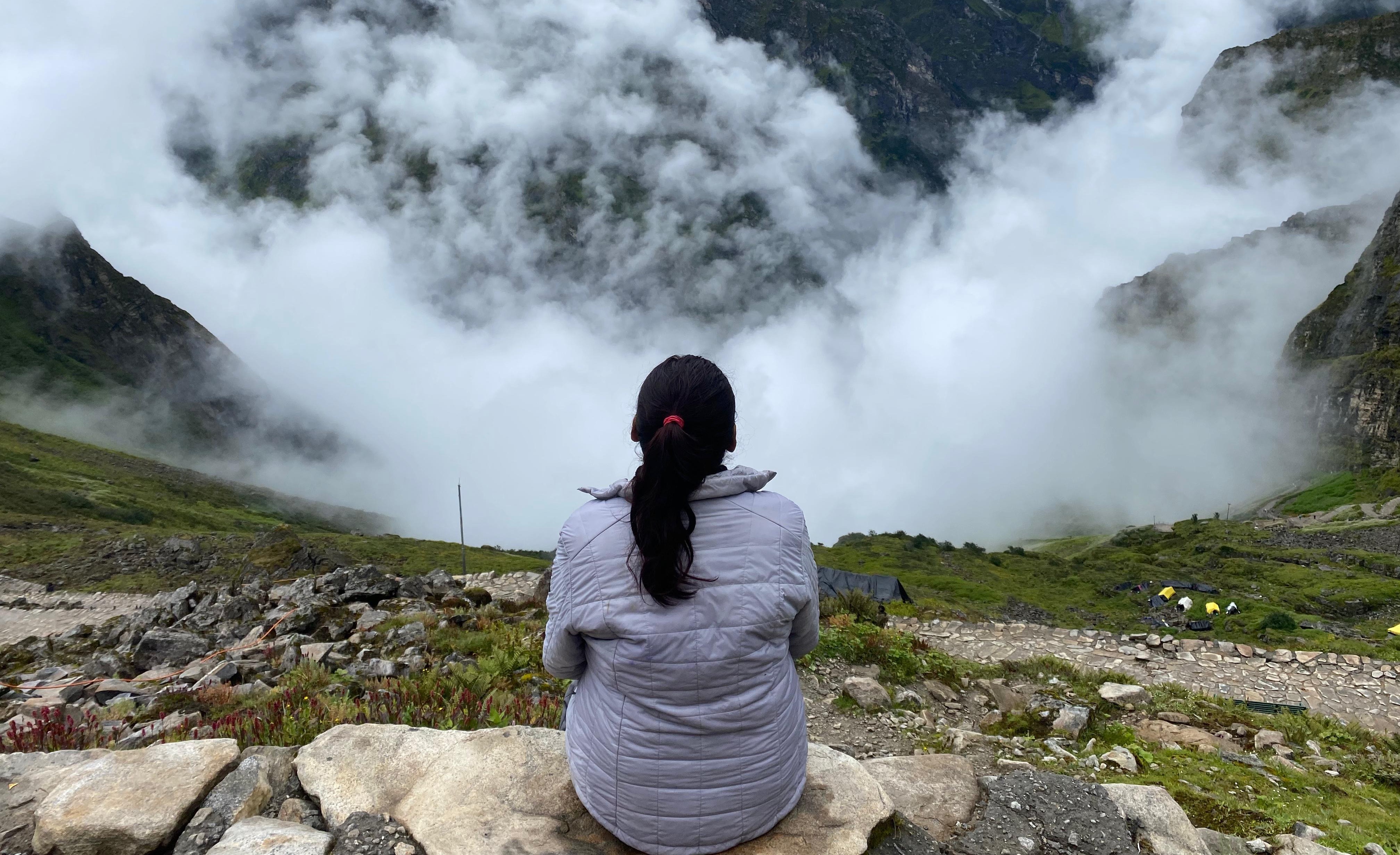
For months, Pooja Kumre had felt a quiet restlessness in the back of her mind that grew louder each day. Her daily routine had become predictable. One night, she was scrolling through photos of remote landscapes and hidden trails after dinner.
That is when she saw the Valley of Flowers. A field of wild blooms between mountains that was glowing under the soft light of the Himalayan sky. Her fingers paused on the image, and she felt her heart pull toward it.
She whispered to herself, "Maybe this is where I need to go."
By the next morning, she had booked a 6-day trek to the Valley of Flowers through Thrillophilia. The plan was simple: start in Haridwar, reach Joshimath, then trek to Ghangaria and explore the Valley, with a possible hike to Hemkund Sahib.
She packed light but she carried the hope of reconnecting with herself.
Through the Beauty of Uttarakhand
Her first stop was Haridwar, and it welcomed her in its own rhythm. Temple bells rang in the background and the scent of incense moved from street corners. She stood at the riverbank for a while and watched devotees praying to the flowing Ganga.
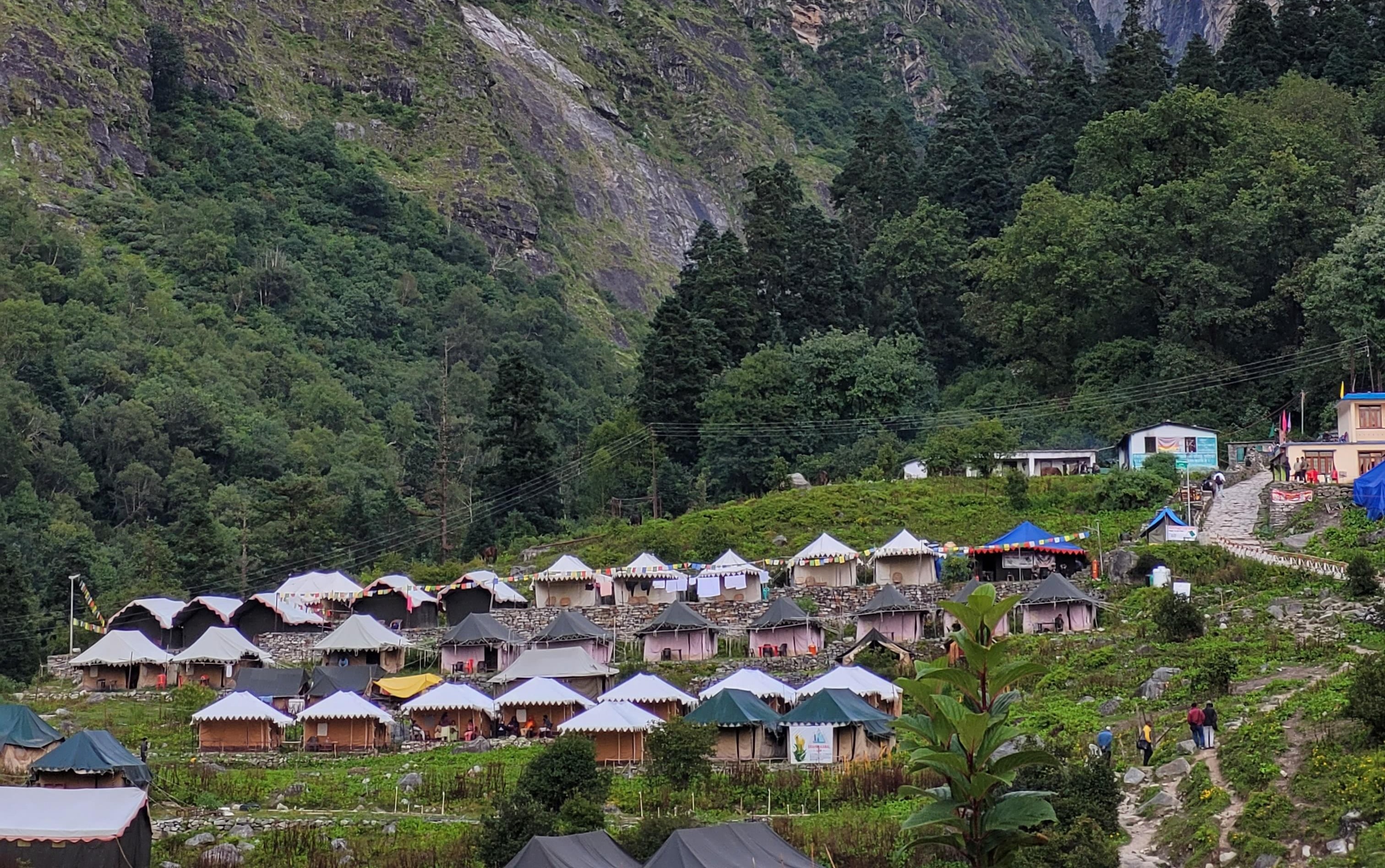
She spent the morning walking along the river and observing pilgrims placing marigold garlands into the water. The devotion in the air was almost tangible and spiritual.
Soon, she boarded the vehicle to Joshimath with a group of fellow travellers. Some were in pairs, some in groups, and a few solo like her. People chatted, laughed, and took selfies, but Pooja sat by the window and watched the city fade behind them.
The road ahead wound through steep hills and pine-covered cliffs. Rivers gushed alongside them and carved their way through stone and time. The sun filtered through the trees in golden beams and made the forest feel like a living and breathing being.
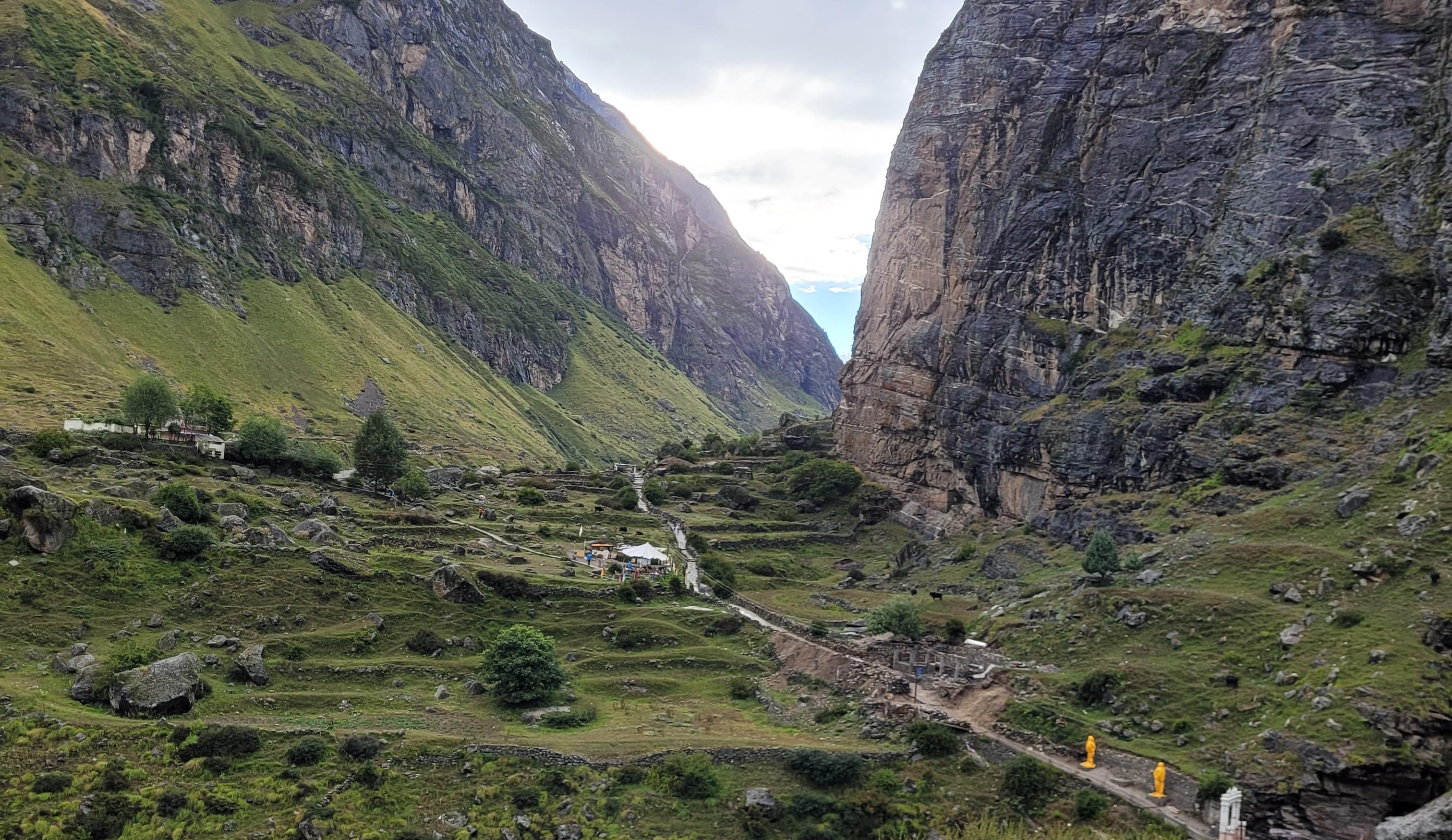
They were occasionally slowed down by traffic or small landslides (a common occurrence in these regions). By the time they reached Joshimath, dusk had settled over the valley. The mountains were covered in mist. She sat on the balcony of her room with a steaming cup of chai and watched clouds move past.
It was the first time in a long while she felt quiet inside.
The Trail to Ghangaria
The real journey began the next morning. From Joshimath, they began the 10-kilometre trek to Ghangaria.
The air grew colder, and the smell of pine trees and damp earth filled her lungs with every breath.
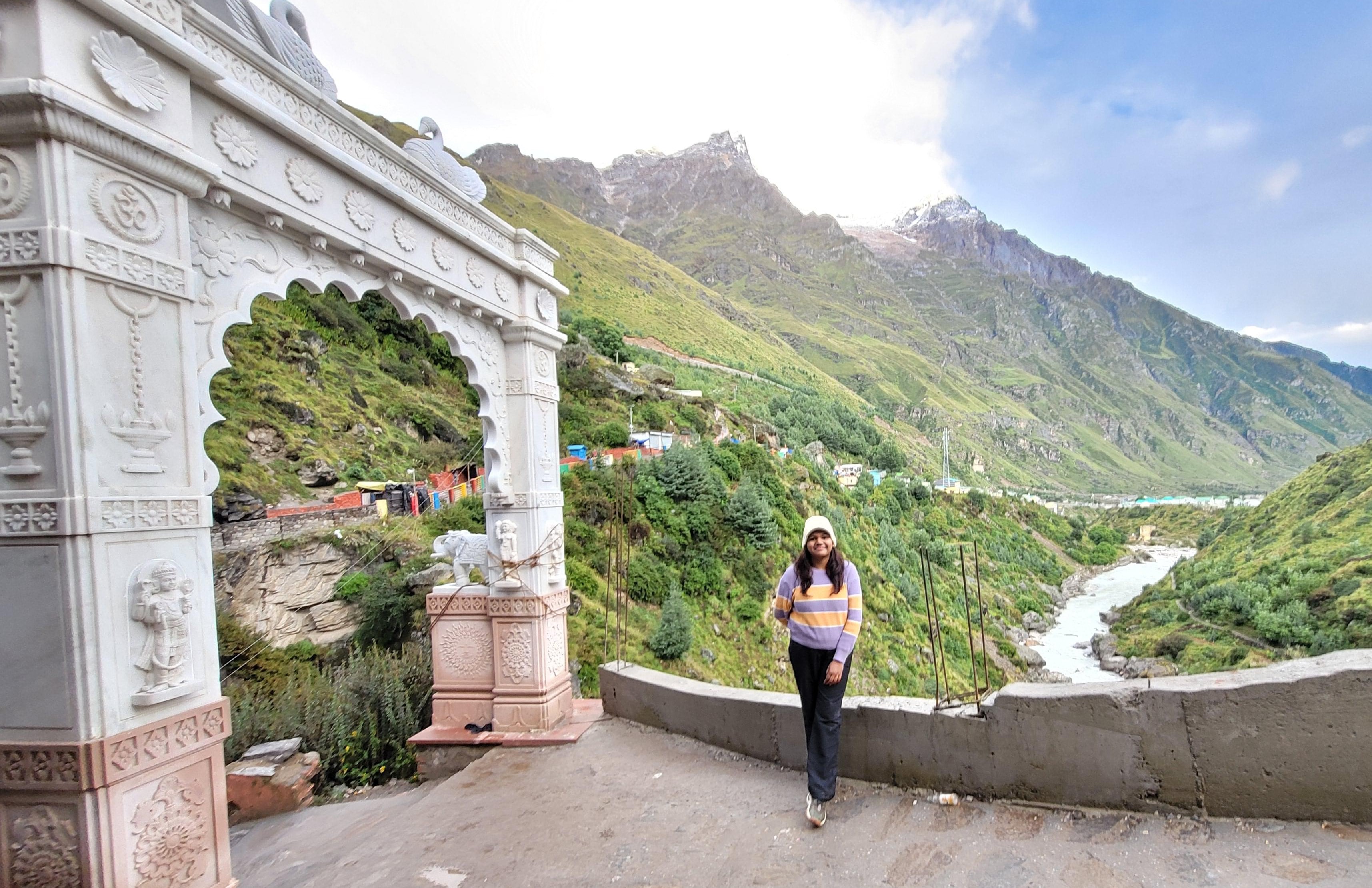
There were long stretches of stone pathways, winding through thick forest, and the occasional tea stall run by locals offering a quick cup and a kind smile.
Pooja was walking and listening to the rustle of leaves and the sound of her own footsteps.
At one point, a woman guiding a mule caught up beside her. She looked at her for a moment and asked gently, “Have you come alone?”
She gave her a small nod.
She smiled, “You will go back stronger.”
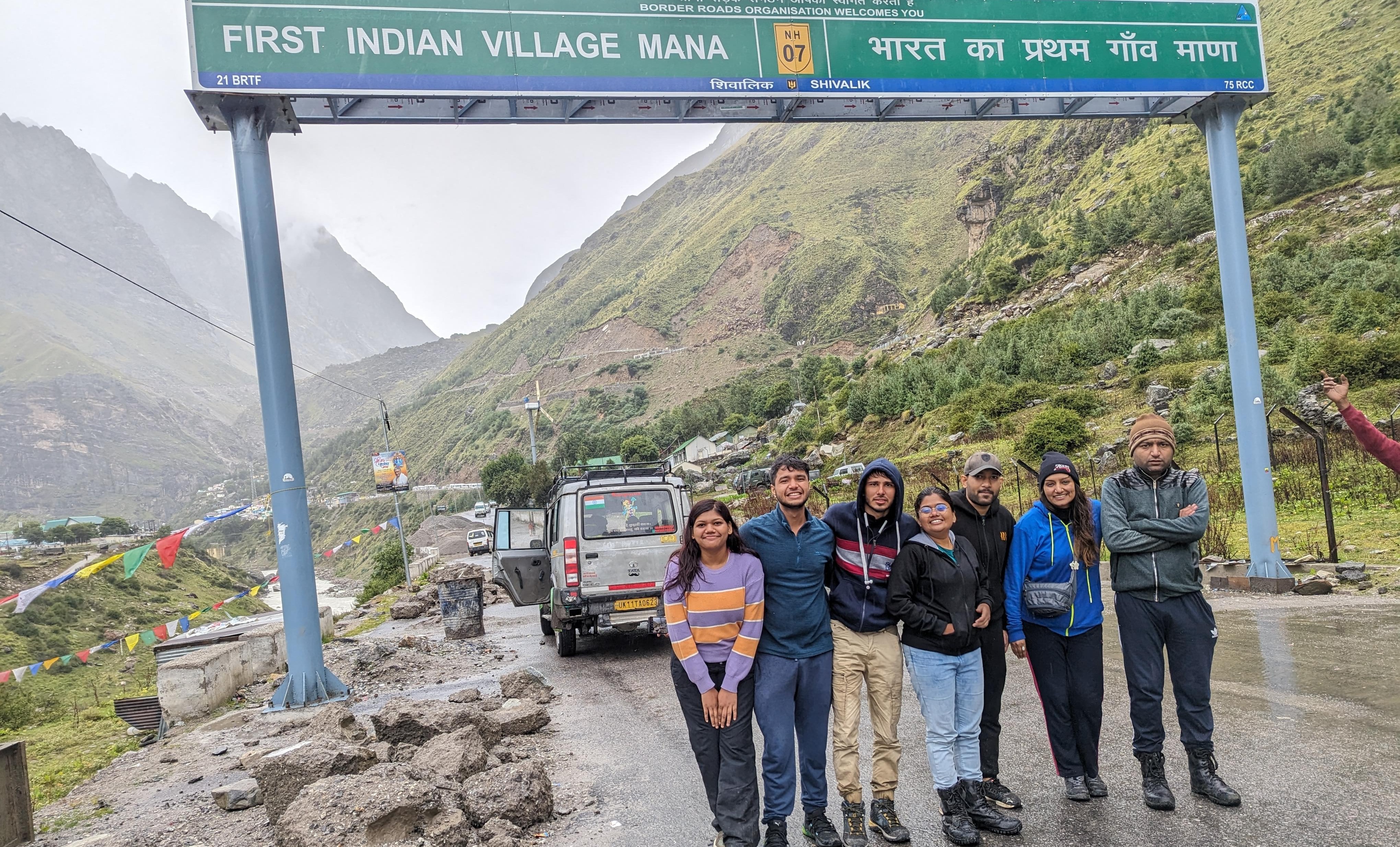
It was a short exchange. But those words sat with her for the rest of the climb.
By late afternoon, they reached Ghangaria.
A Beautiful Blooming Valley
On the third morning, the group set out for the Valley of Flowers. After a simple breakfast, they followed a misty path that gradually opened into one of the most stunning sights Pooja had ever seen.
It was a canvas painted by nature herself.
Thousands of flowers stretched across the meadows in bursts of violet, yellow, white, and blue. Streams shimmered in the sunlight, and butterflies danced in the air. There was a sacred stillness, broken only by the occasional bird call or the wind moving through tall grass.
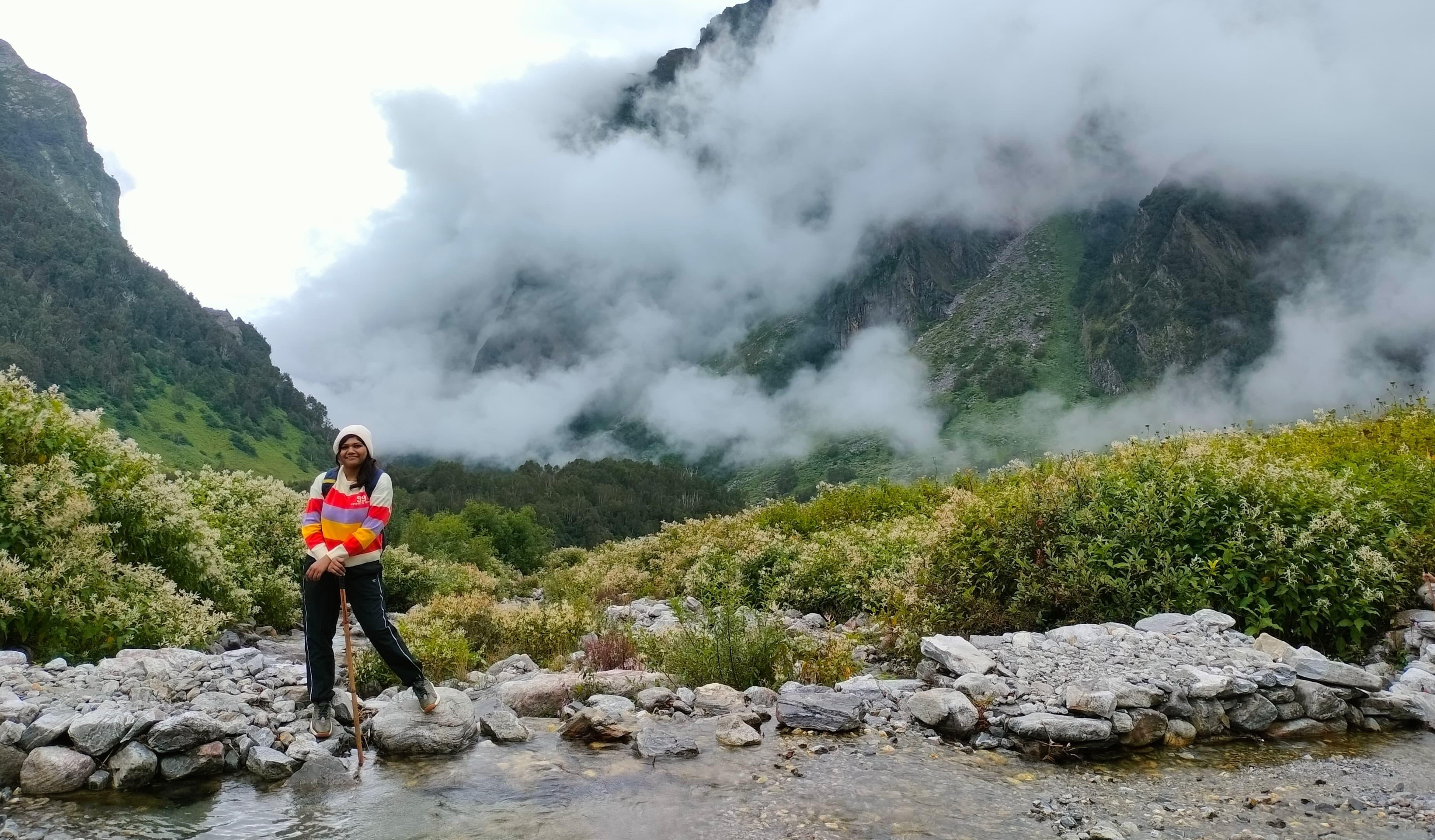
Pooja wandered, sat by a quiet stream, and closed her eyes.
Tears came up as she was filled with gratitude.
For months, she had been wanting to travel to such a place. Here, surrounded by blooms that grew wild and free despite the harsh terrain, she felt peaceful.
That evening, she slept early back in Ghangaria.
A Change in Plan
Day four was supposed to be the trek to Hemkund Sahib, a high-altitude Sikh shrine nearly 15,000 feet above sea level. But the weather had other plans as snowfall had closed the route.
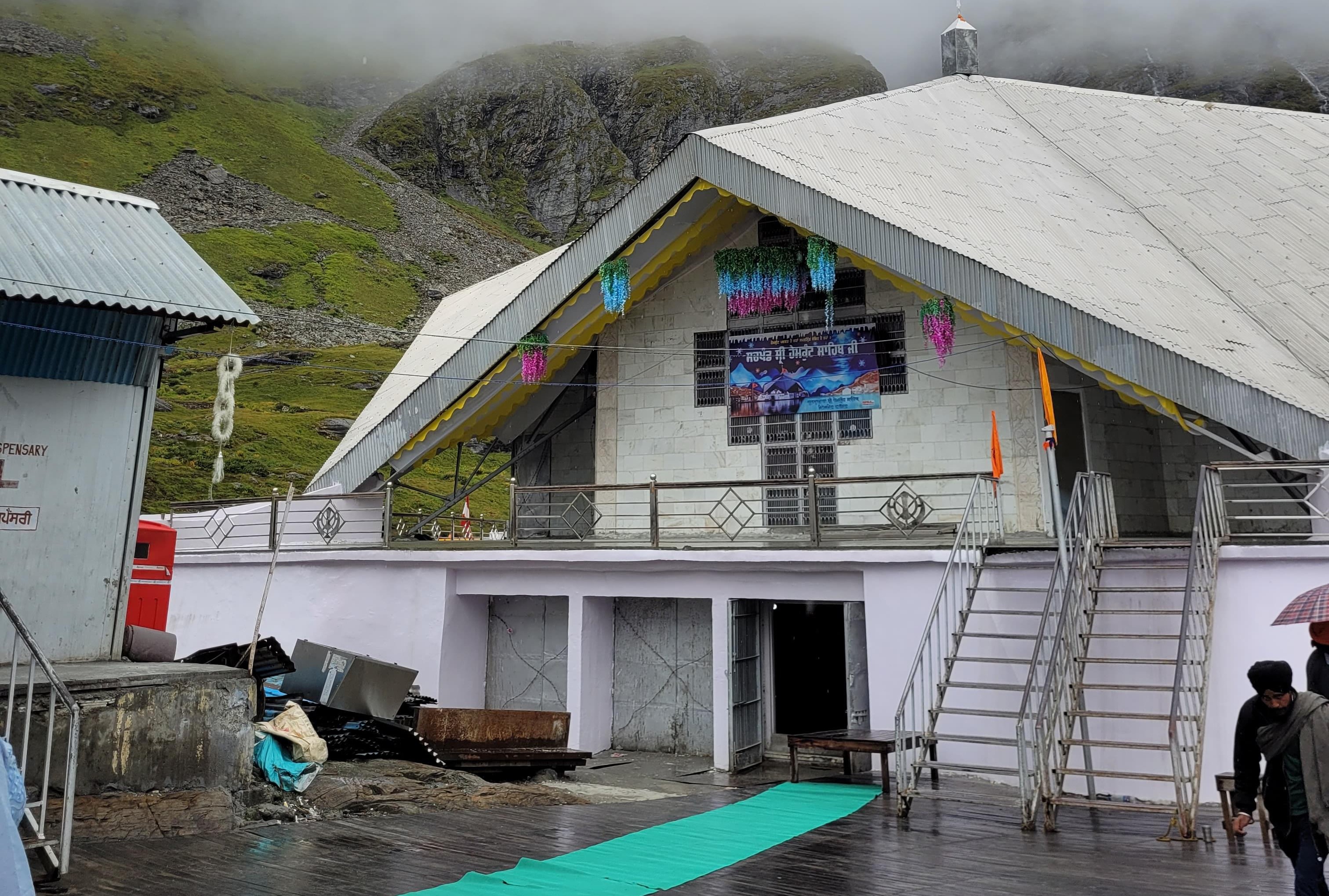
Thrillophilia offered an alternative - a visit to Auli, the mountain town known for its panoramic Himalayan views.
Initially disappointed, Pooja paused, but then agreed. Something told her the mountains still had more to offer.
The next morning, the longest cable car ride in Asia carried her over forests and valleys to Auli. The world below looked like a living painting with winding roads, pine trees swaying, and distant villages like little dots.
At the top, she saw the mighty Nanda Devi standing tall. The air was sharp, and the view was surreal.
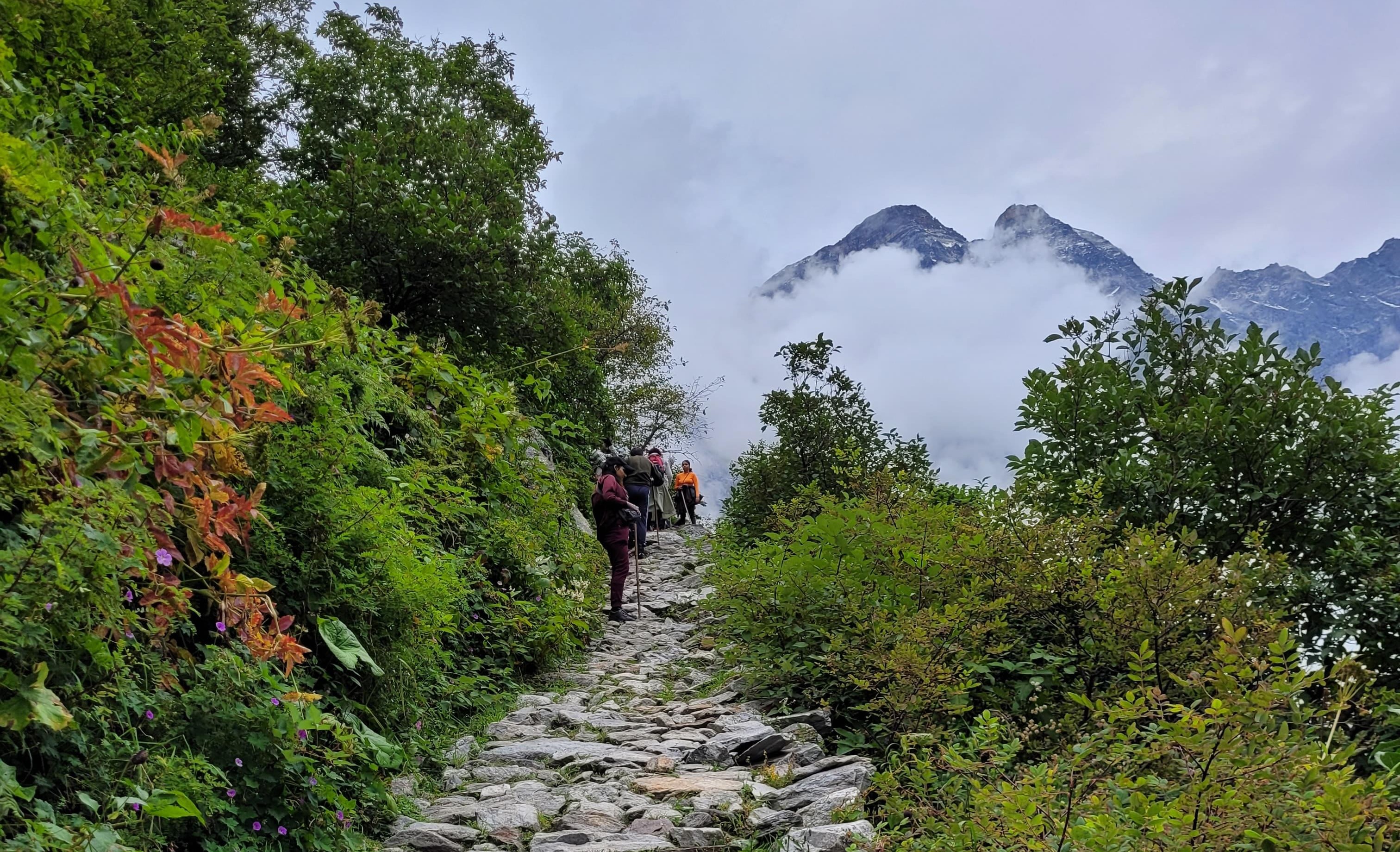
Pooja sat on a slope of grass and let the silence settle in again.
Hemkund had not happened. But this stillness, view, and unexpected blessing were enough.
Returning Changed
The road back to Haridwar was the same, but everything felt different. She now noticed things she had not on the way up, like the rust-red roofs of houses situated into cliffs and the resilience of people living in remote hamlets.
She laughed with fellow travellers, swapped stories, and exchanged numbers. But when the window views turned golden at dusk, she was engrossed in it.
When Haridwar came into view, she stepped out and walked straight to the banks of the Ganga.
As she stood there to watch the evening aarti and the flickering diyas float into the current, she smiled to herself.
It was a transformation.
Read More: Thrillophilia Uttarakhand Reviews